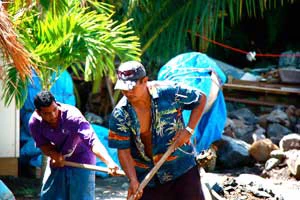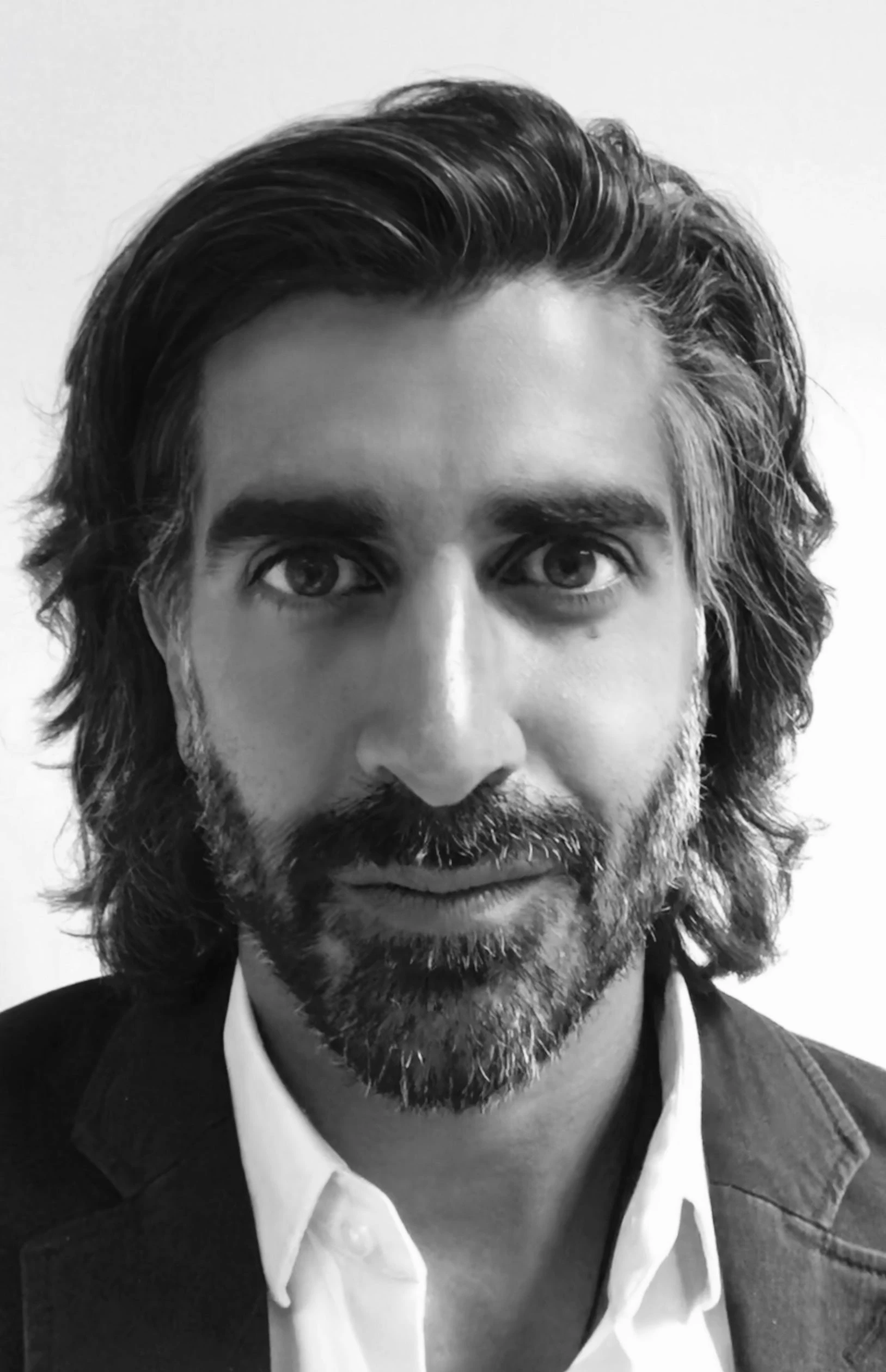 On the surface, the pace of life in the Pacific island country of Samoa is slow. Island time. That’s an impression that’s reinforced when touring the idyllic string of resorts and beach fales (small timber and thatch tourist cottages, often without walls and open to the tropical breeze) along the South East coast of Upolu, Samoa. You can watch the heat rise in a haze across the ridiculously tranquil blue waters and golden sands, as coconut palms wave, and tourists enjoy a weekend drink in the seafront restaurant of the locally-owned and recently rebuilt Tafua beach fales.
On the surface, the pace of life in the Pacific island country of Samoa is slow. Island time. That’s an impression that’s reinforced when touring the idyllic string of resorts and beach fales (small timber and thatch tourist cottages, often without walls and open to the tropical breeze) along the South East coast of Upolu, Samoa. You can watch the heat rise in a haze across the ridiculously tranquil blue waters and golden sands, as coconut palms wave, and tourists enjoy a weekend drink in the seafront restaurant of the locally-owned and recently rebuilt Tafua beach fales.
But initial impressions can be deceptive. And what you won’t see is what this area looked like just a little over 18 months ago, when devastated by Samoa’s worst ever natural disaster—a tsunami that took 150 lives, left 2.5 percent of all Samoans homeless, destroyed transport, water and energy infrastructure across large areas, and wrought havoc across the nation’s vital tourism industry—which is major source of employment and income in rural communities, and accounts for more than 65 percent of the nation’s exports.
Since then, the Government of Samoa, in close cooperation with the international community, has worked at blistering pace to manage the social and economic impacts of the disaster. Already, reconstruction materials have been distributed to rebuild all 862 destroyed or badly damaged homes, with 95 percent of affected houses now repaired or replaced. Road transport services have been almost completely repaired, with six new access roads—stretching 20 kilometres—completed, allowing relocation of vulnerable communities away from area of tsunami risk. Schools, clinics, and seawalls have been rebuilt.
An estimated 90 percent of tourism infrastructure has been restored, with the Tourism Authority reporting no capacity constraints, and arrivals in the last quarter of 2010 up by 13 percent from the previous year. Even more impressive, access to social services has actually expanded since the tsunami, and the Government has maintained progress with a broad range of structural reforms—including privatisation of its telecommunications utility. Island time is all about getting it done yesterday, if Samoa’s tsunami response is any measure to go by.
 |
| Devastated by a tsunami in 2009, Samoa is building back better. |
And what’s even more remarkable about all of this is the context in which reconstruction occurred. Samoa is still a poor country, with per capita income of around US$2,840. While over recent decades it has achieved some of the most impressive gains in social indicators of any country in the Pacific, it is still listed as a Least Developed Country. And the tsunami struck exactly when Samoa was already facing the full force of the global economic crisis.
Reliant on remittances and tourism, the economy of Samoa shrunk by 5.2 percent in 2009, as things got tougher in sending countries, and the nation’s only major manufacturer—an automotive components plant—laid off more than 1,550 workers. Government revenues collapsed, and challenges of meeting the costs of tsunami recovery—estimated at 30 percent of GDP—initially appeared almost insurmountable.
But the governance and capacity problems that plague some Pacific countries aren’t so much of a constraint in Samoa. With the assistance of donors, Samoa’s many motivated and talented leaders and public servants managed to build back stronger than ever. The World Bank provided direct support of US$20 million to the Government budget—focused on tourism recovery—matched by similar assistance from the ADB and an infusion of foreign reserves from the IMF, while recovery projects were also rolled out by the Bank and other development partners.
The Government of Samoa, reaping the benefits of a decade of sound fiscal management, was able to borrow money to finance reconstruction, without endangering long-term economic stability. The resulting expansion of public spending helped get the economy back on track, with the specific programs delivered by Government and donors providing much needed assistance to thousands of affected families, and hundreds of businesses. With tourism and remittances recovering, the automotive component plant revving up production, and the IMF projecting modest but positive growth over the next few years, life is nearly back to how it should be in Samoa.
“Fortune favours the brave” is the motto of the Seabreeze beach resort, destroyed during the tsunami, but where owner Chris Booth delights in showing the World Bank team what will be the “best shower in the world”. A new addition to the recently-rebuilt honeymoon suite, right on top of the water, and offering 180 degree views over a majestic, perfect seascape. The resort is soon to open again, much of it reconstructed from scratch. Here, like everywhere, Samoa is building back better. And visiting this place, you’d really want to take your time.


Join the Conversation